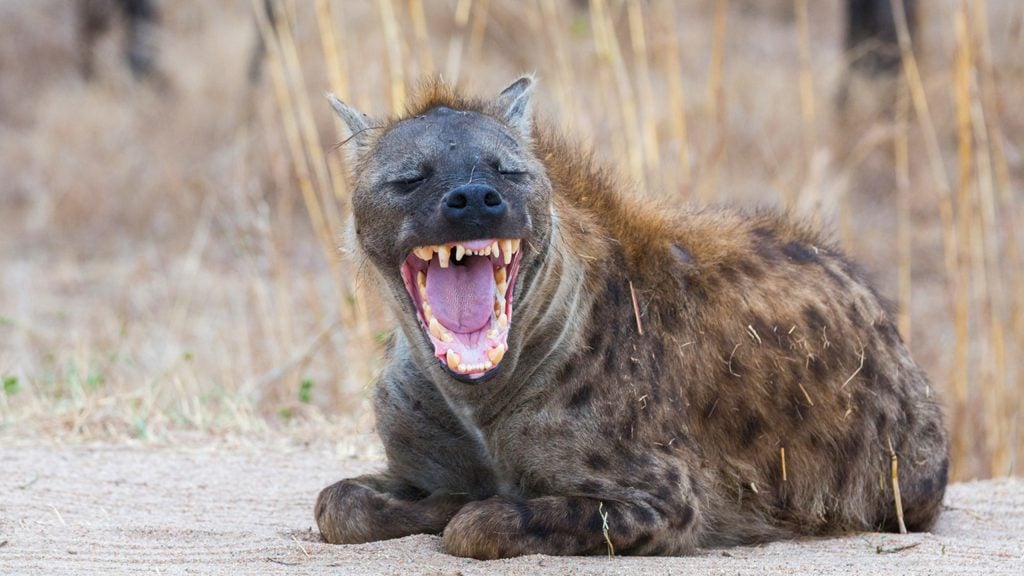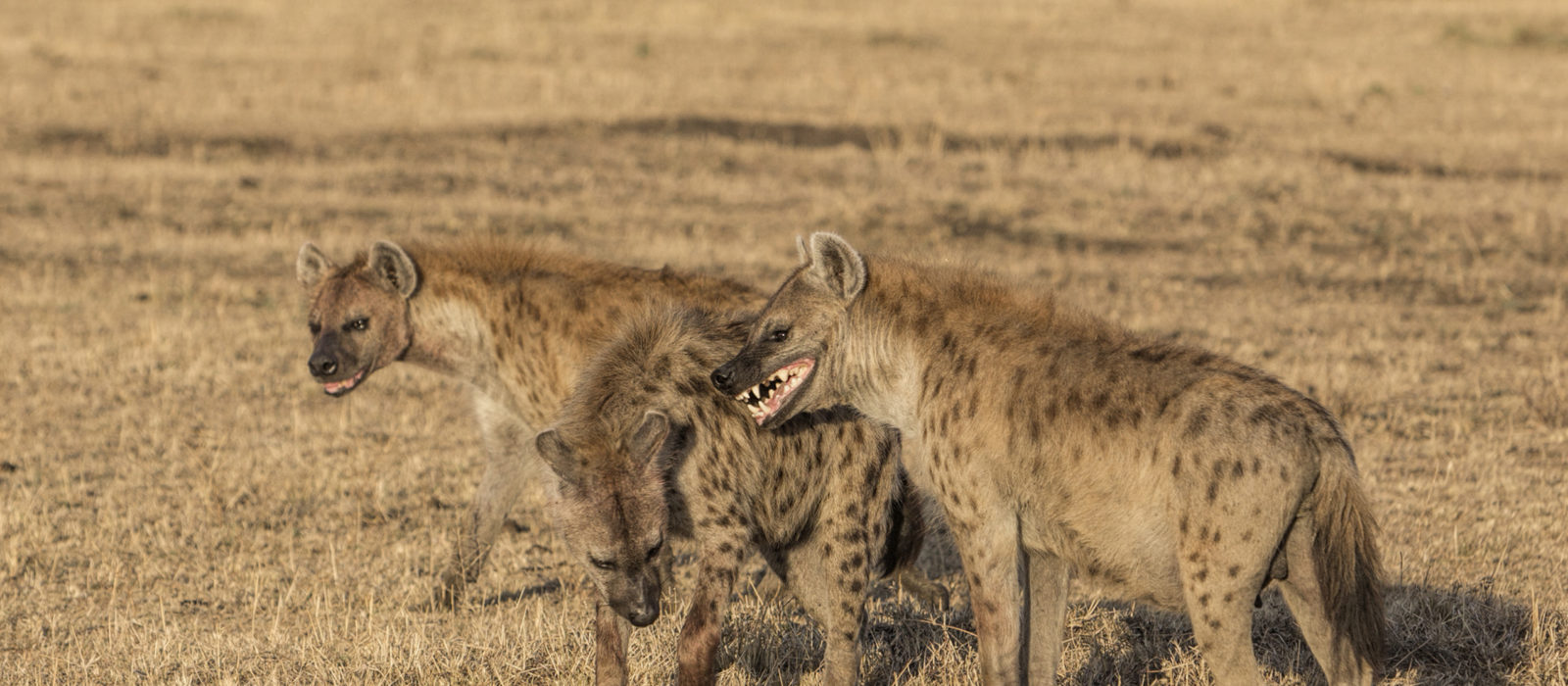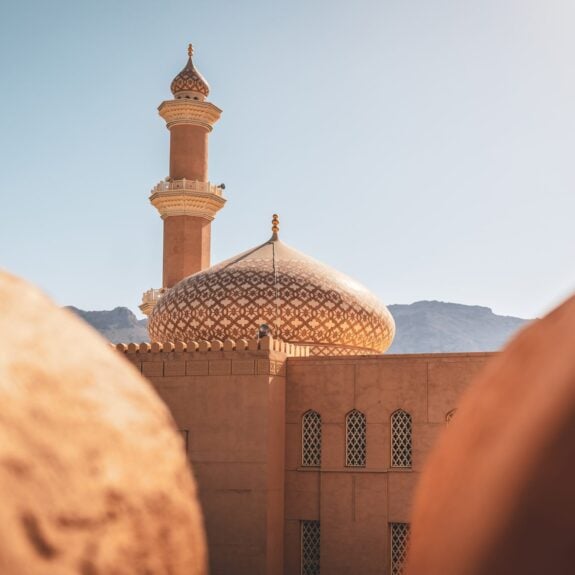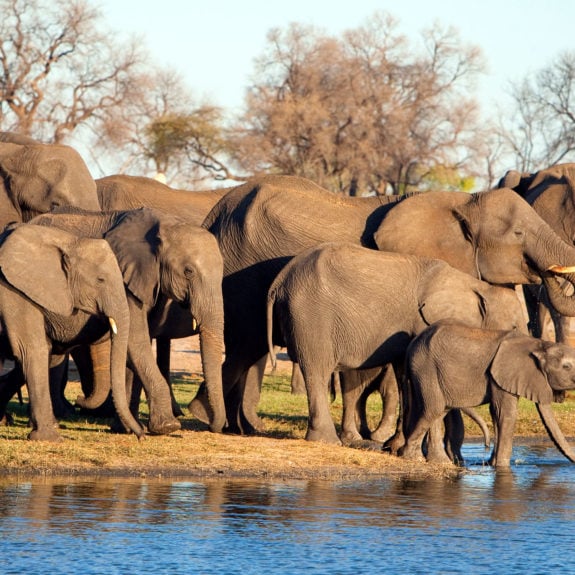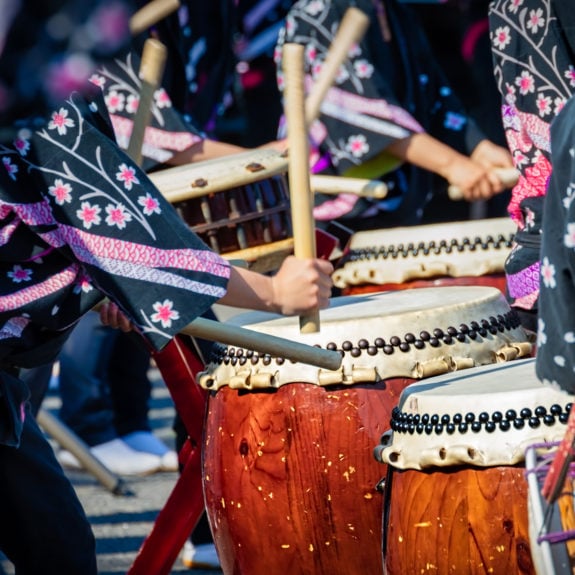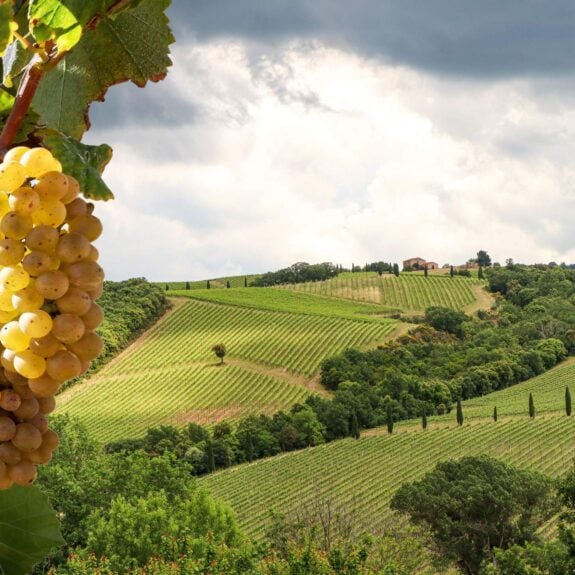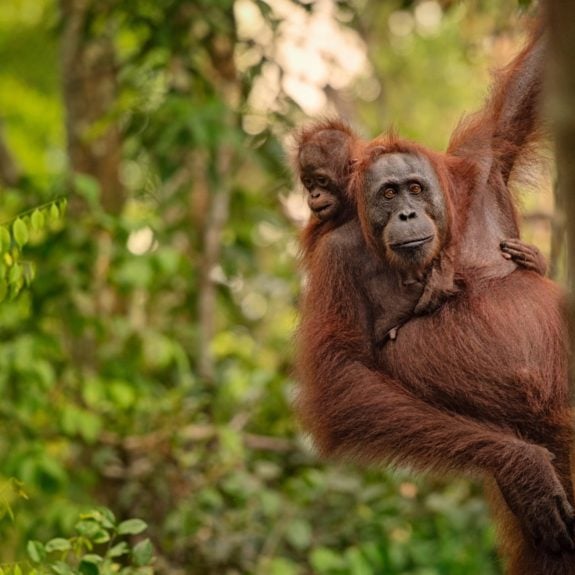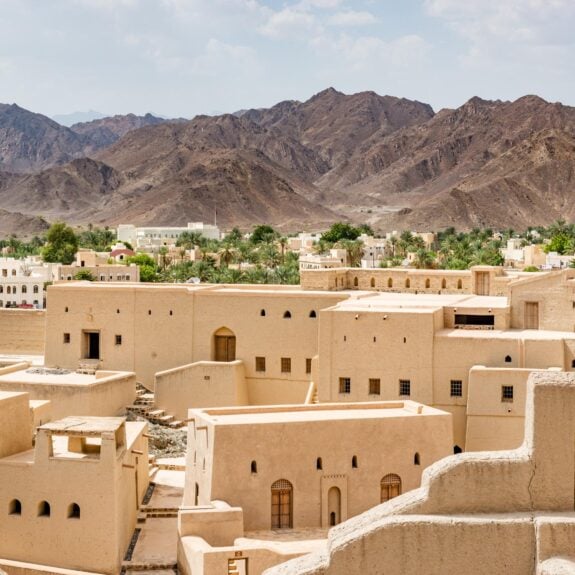Published on: May 16th, 2017
Last modified: May 16th, 2017
Yes, lions are astoundingly regal, elephants have a special kind of imposing elegance, thundering buffalo are heart-stopping in their power, spotting a leopard in the trees can be life changing and watching a rhino trot through the long grass is arresting – but, once you’ve ticked them off your list a couple of times, some of the initial thrill may begin to wear off. What you need is a new challenge, a different kind of bush celebrity to add excitement back into your safari experience. Luckily the Big Five isn’t Africa’s only collection of animals to spot. Enter the Ugly Five – Africa’s more unfortunate-looking wildlife celebrities.
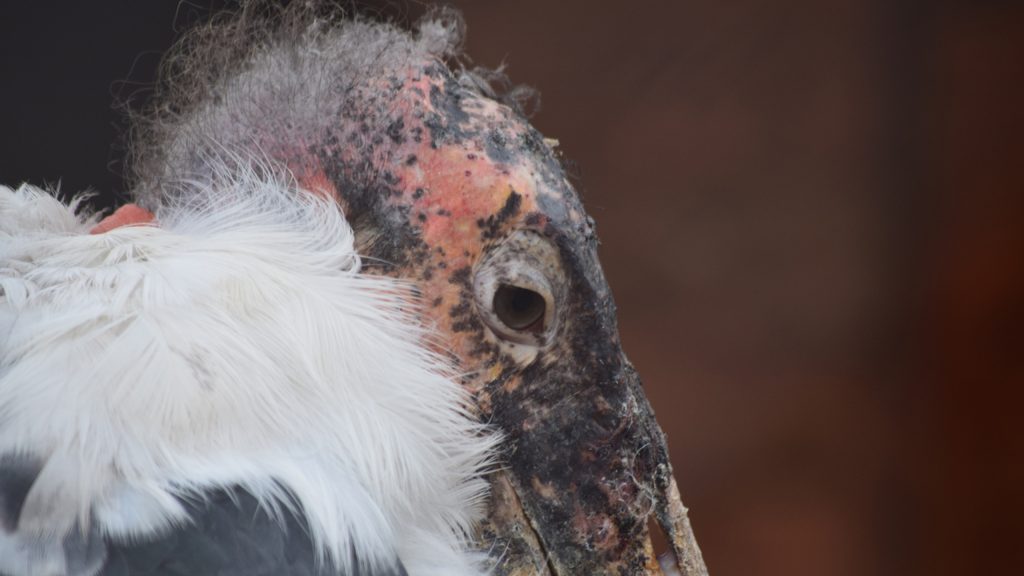
Marabou stork
A mess of frizzy hair protrudes from a speckled pink scalp, large black wings fold inwards as it stalks, hunched forward, through the grasses, fleshy throat swinging from side to side. It’s no wonder the marabou stork’s nickname is the ‘undertaker’. The large Leptoptilos crumenifer is mostly found in the south of the Sahara. Look out for them in wet and semi-arid areas. Like its fellow member of the Ugly Five and frequent dinner companion, the vulture, the marabou stork is often a scavenger. You’ll spot them lingering on the periphery waiting for the pieces of carrion the vultures discard. Share and share alike. While they prefer the flesh of dead animals, these birds will eat just about anything small enough for them to gulp down – more often than not, other birds. And sadly, in areas close to humans, they’re often found feasting in rubbish dumps.
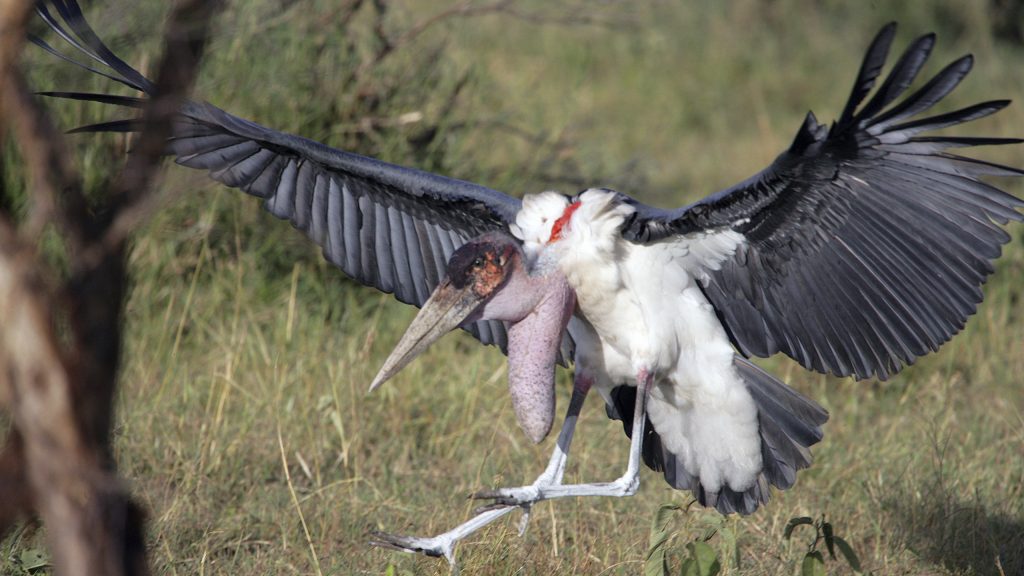
Vulture
That trademark hop and shifty surveillance of the scene before voraciously tearing into the flesh of a discarded kill – the Cape vulture is endemic to Southern Africa, and in recent years has sadly found itself on the endangered list. Gyps coprotheres lays just one egg a year, usually high up on cliff faces, but there’s no length to which they won’t go for a good meal. Think 15 minutes to the drive-through is too much trouble? Try roaming an area of 22,500 km2. Unsurprisingly, much of the blame for their declining numbers rest squarely at our feet. Among the biggest threats to their survival are collisions with electricity cables and pylons, their shrinking foraging habitat, and, horrifically, poisoning.
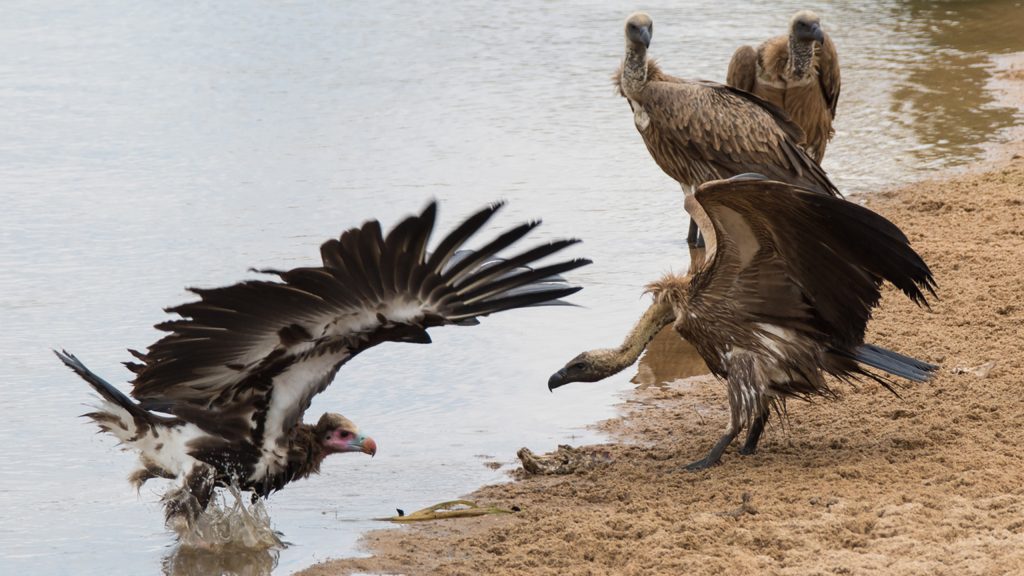
Warthog
‘Hakuna matata’ indeed. This bristly-haired wild pig needs little introduction thanks to the renowned Disney duo. You’ll find Phacochoerus Africanus roaming the open areas of sub-Saharan Africa. Far from its insecure animated spokespig, the warthog can be something of a dangerous adversary when it comes to protecting its own. Antenna-like tail pointing skyward, rough mane flowing behind it, an adult warthog can pick up a fair amount of speed when necessary. Their tufts of spiky hair, vicious tusks, prominent snouts and facial wattles have earned them their place on this list, but these grazers are always a delight to spot out in the grasslands.
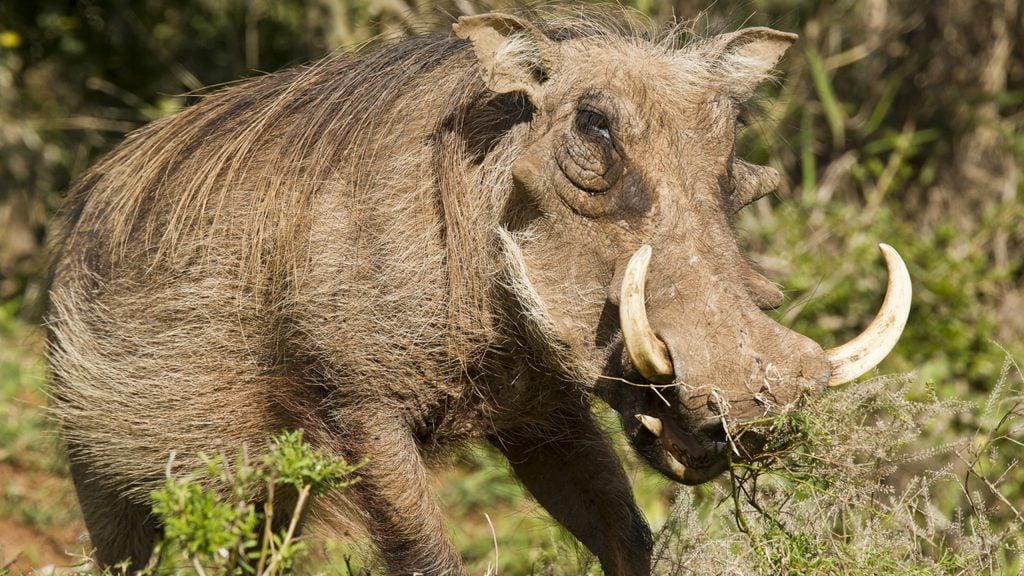
Wildebeest
It’s all about the long nose, high shoulders, thick neck, skinny legs, narrow hips and scraggly beard – and no, I’m not talking about that dodgy person in the corner that no one remembers inviting to the party. The wildebeest, or connochaetes, belongs to the same family as cattle, antelope and sheep and can be found on the plains south of the Sahara. You may also hear them referred to as gnus. While an overwhelming force to be reckoned with when they’re migrating in a dusty herd, they’re rather peculiar-looking when spotted alone, warily grazing with the odd zebra mixed in.
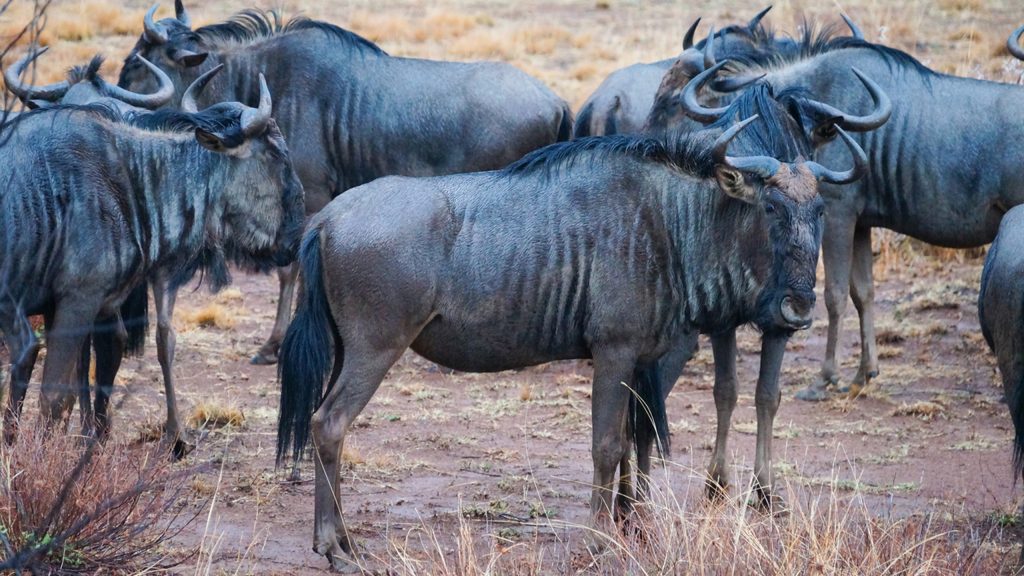
Hyena
When compiling a list of the ugliest animals in Africa, one of the first creatures to spring to mind is most likely the hyena. These poor mammals really have gotten a bad rap, and certain animated family films haven’t helped their reputation either. Perhaps it’s the often-mangy looking fur and the way certain species are known to scavenge and muscle in on the tail end of other animals’ kills. Or maybe it’s their abrasive laughs and toothy maws. Either way, they’re certainly not all that pretty to look at (though their pups are incredibly cute). But, they do play a vital role in the continent’s ecosystem, and also feature widely in African and Middle Eastern folklore.
